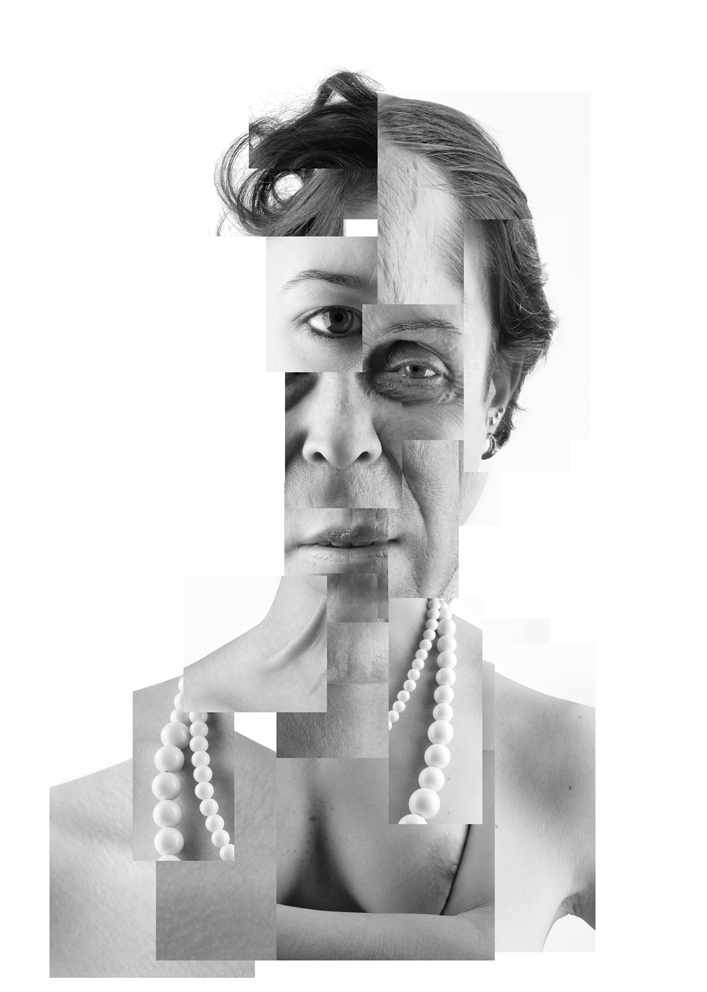Virtual Bodies
There has been a lot of questions and wondering about virtual bodies in the third space: human bodies which are not in real flesh but in their digital display, like what we see on a screen. We can see them, we can hear the sound of the movement, but we can’t touch them.
With the increasing usage of digital media and the Internet, our ‘selves’ seem to be able to separate our ‘bodies’.
…the increasing acceptance that the ‘self’ can exist apart from the ‘body’ in online activities and remote erotic encounters such as phone sex. (source)
Other daily examples of this phenomenon is Skype-ing and e-relationship with fictional or non-fictional people.
With the aforementioned examples, these questions arise: are our selves really separated from our bodies? Is ‘disembodiment’ in this digital era really happening or is it just a myth?
Artists explore this topic by making arts with the concept of interaction between the physical and the virtual (Telematic Dreaming by Susan Kozel, The Big Kiss by Annie Abraham), and the conclusion is:
For them, even the experience of seeing is not disembodied; it is visceral. Seeing is feeling.

Annie Abrahams, The Big Kiss, 2007
One of the big shot artists who explore about virtual bodies is Annie Abraham.
She is a Dutch performance artist specializing in video installations and internet based performances. Her work challenges and questions the limitations and possibilities that are implicated when internet users communicated from one to another by the use of new media known as cyberformance (source).
Her work, The Big Kiss, used webcam technology to unite participants in a shared third space/electronic space. Then, they will attempt to kiss each other. The questions are…
What’s contact in a machine mediated world? What’s the power of the image? How does it feel to kiss without touching? Does the act change because we see it? What does it mean to construct an image with your tongue? And is there still desire? Does the act provoke it? What’s contact in a machine mediated world? (source)
My Opinion


Even though I am not a part of the virtual bodies shown in the video, I do still cringe whenever I watch it. I am not used to such ‘view’ and even though this kiss is ‘not real’, as a third party I am still as affected as watching a ‘real kiss’. Somehow, I found it even grosser because their lips and tongues ‘touch but did not touch’. I am partially irritated as well, I can’t explain why.
From this experience, I do agree that seeing is feeling. No matter how hard we try to ‘disembody’ our minds from or bodies, they are still closely connected, unless all of our senses are ‘disconnected’ from the experiences e.g. not seeing we kiss someone we don’t know in the third space.
Hence, the statement below is proven true:
The dislocation and fragmentation of the body in digital performance is an aesthetic praxis which deconstructive critics have hungrily grasped and mythologized, holding up the virtual body as the central icon (immaterial, disembodied), whereas in actuality, it operates as an index, as another trace and representation of the always already physical body. (source)
I can’t imagine doing that ‘big kiss’ with an unkown guy, and being watched by many eyes. OMYGOSH.

Hahahahahaha your opinion on this post is really hilarious!!! I can’t imagine kissing an unknown guy too, with increased difficulty – not allowed to see the screen when you are kissing – most likely, I will be making air kisses. Perhaps that is why you cringe at the thought of kissing with lips touching visually but not touching physically – because the whole feeling of kissing becomes so unnatural, it feels almost tedious.
Feliciana, I enjoyed your personal thoughts on the Big Kiss. The fact that you have a reaction from watching this indicates that yes, seeing is feeling. There is an aspect of believability when we see two people making virtual contact, even though it is not real. In performance, this is referred to as the suspension of disbelief, in which we have an emotional response to something that is acted out. Your response, although it may be a big cringe, is nevertheless a reaction brought about by the telematic embrace. Despite the distance and the virtuality of the act, we feel a response.